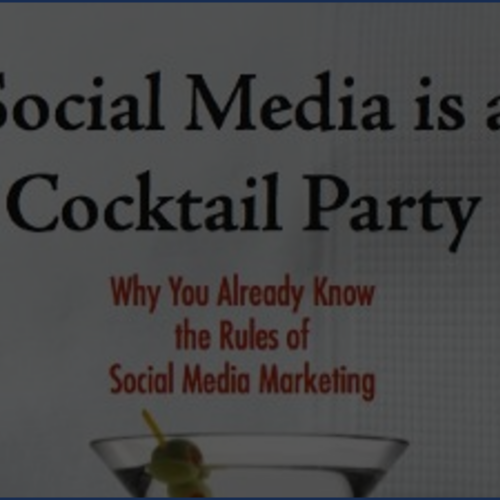25 Oct Best Practices For Using Social Listening During a Live Event
With thousands of people attending live events, both in-person and online, it’s extremely important for your brand to develop good social listening techniques. The social conversation exists whether your brand chooses to participate or not, so it’s critical to be able to listen to the conversations occurring around your event before, during, and even weeks after. This can seem like a daunting task, but here are a few tips to help you manage your social listening behind the scenes.
Find the Right Tool for You:
Finding the right tool to help with your social listening is probably one of the biggest steps. Make sure you find a tool that aligns to your social media objectives and is efficient for your team to use during a live event. There are several tools out there that you can use even if your event is small and your budget is low. Social Mention is a quick and easy way to get a read on conversations relative to your brand.
Gather Data Before Event:
Make sure to monitor social media channels weeks or even months before the live event. Many times, users will share what they’re most excited to see at an event or even share old memories from previous years. These conversations are great places to proactively listen and engage with fans and build up hype about the event.
Actively Listen to Hashtags:
If your event has a hashtag that represents it, you’re already ahead of the game. If you haven’t created a hashtag, Do it! Hashtags can be a great way to monitor conversations surrounding your event on multiple channels. You can see posts, images, videos, etc. that fans have shared about your event. You can then engage with these conversations to improve the experience of the fans and make your event that much more memorable.
Engage with Speakers and Attendees:
Many events, like SXSW and E3, bring the smartest people in the industry together in one location. Take time to engage with these individuals on social media as they’re live tweeting their experience or posting selfies on Instagram. By taking the time to engage in relevant conversations and providing useful information, you can build social relationships that may turn into brand advocates if managed the right way.
Post Event Measurement:
It’s important to take time after your live event to analyze and report your social media data. Look at the numbers generated before the event, during, and even days after. Analyze the performance of your KPI’s and see what insights you can pull to help optimize your next live event. If you follow these tips, you’ll likely see a great improvement in your live event’s social media performance. Your fans will be happier that you’re listening to them and the rich data you receive afterwards will help you to make your following events that much better.
Need help picking the right listening tool for your team or assistance planning out your live event social media strategy? Give us a call and let’s get rolling.










